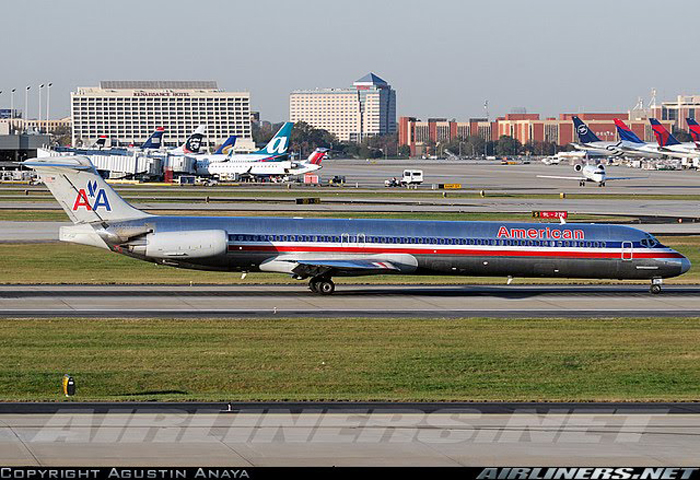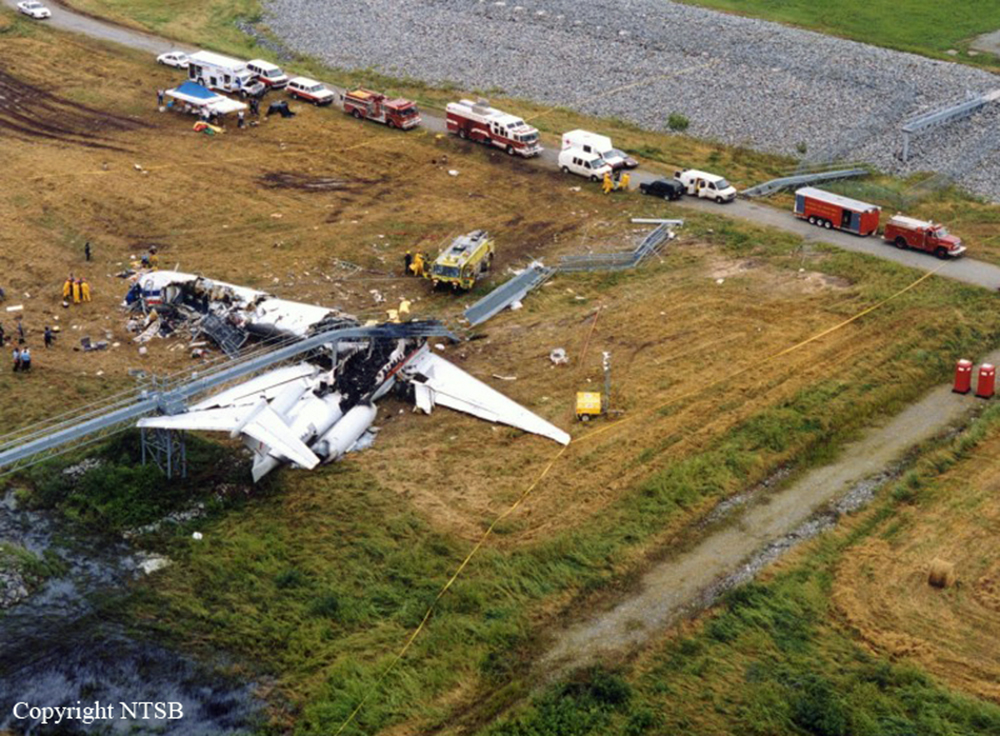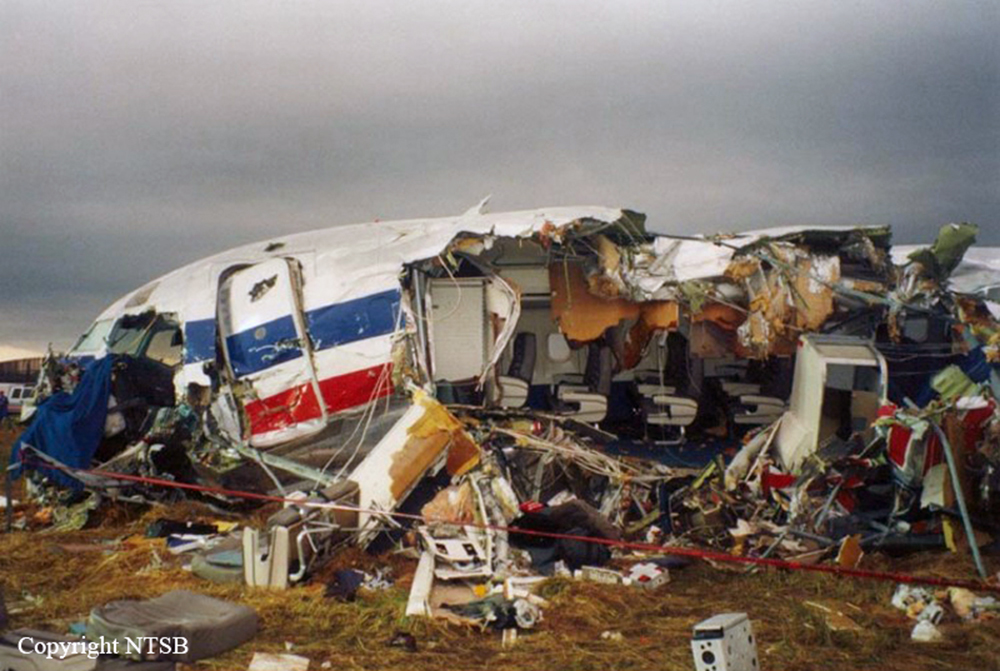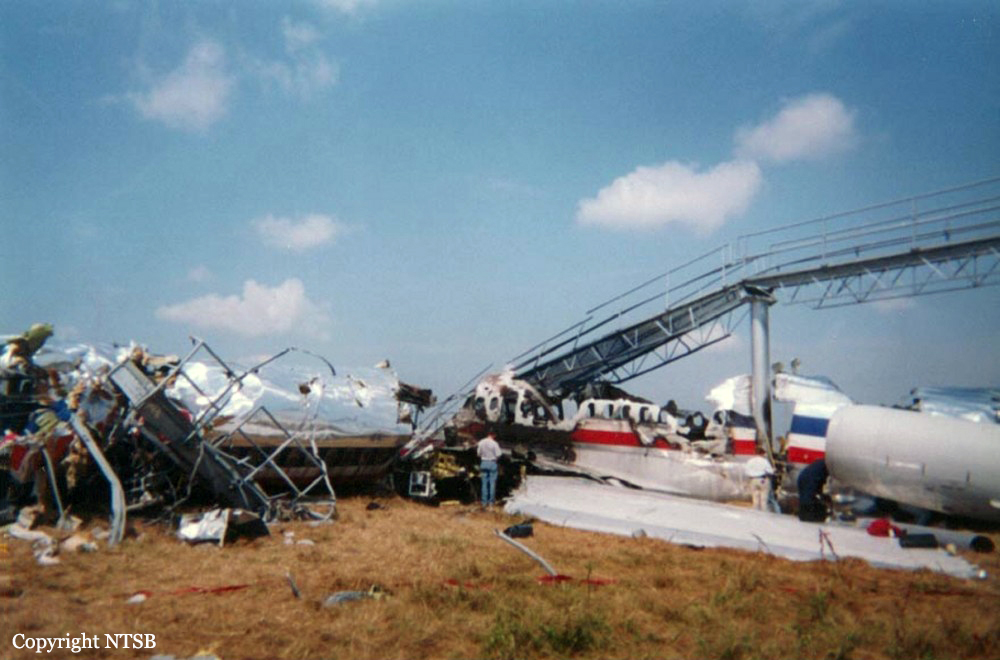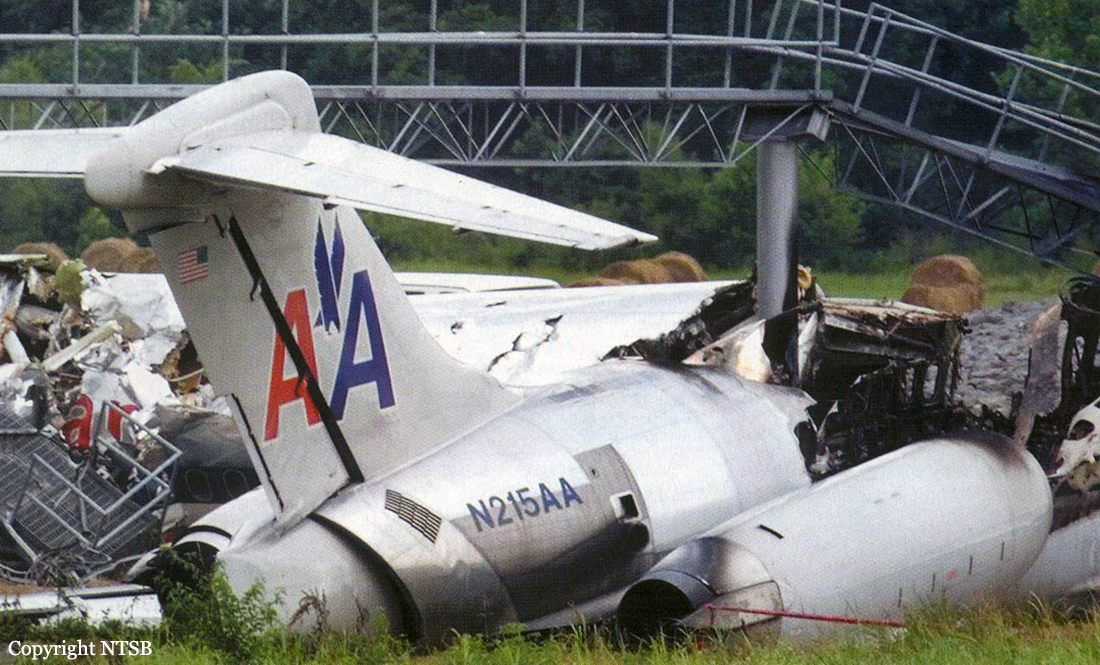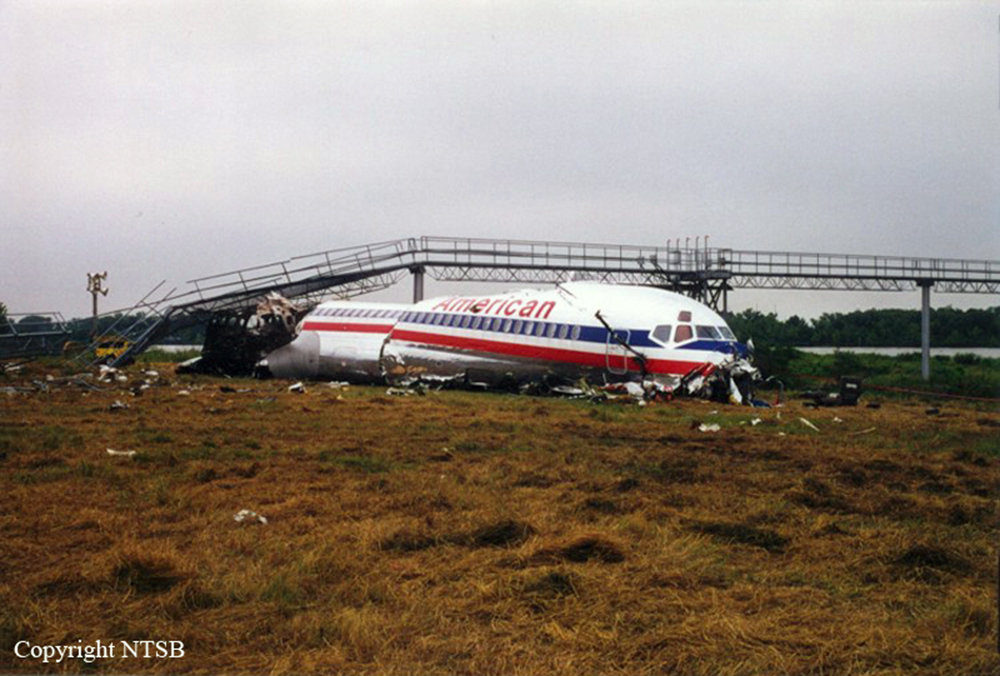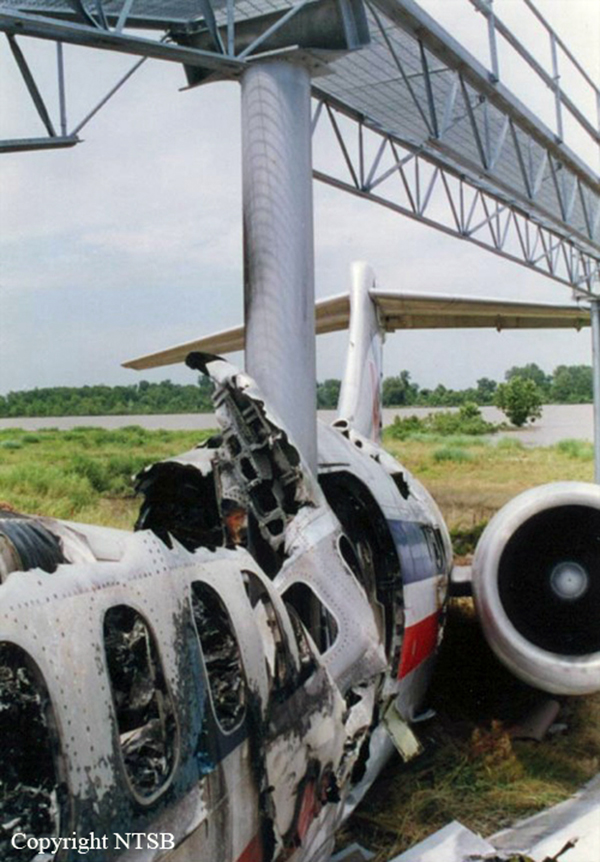Crash of a Cessna 340A in Phillipsburg: 2 killed
Date & Time:
Jun 8, 1999 at 1235 LT
Registration:
N1372G
Survivors:
No
Schedule:
Palwaukee – Pueblo
MSN:
340A-0071
YOM:
1976
Crew on board:
1
Crew fatalities:
Pax on board:
1
Pax fatalities:
Other fatalities:
Total fatalities:
2
Aircraft flight hours:
2220
Circumstances:
The flight was executing a precautionary landing at the airport due to a reported fuel transfer problem. Witnesses described hearing engine variances and observed the aircraft roll and impact the ground nose first. There was a post crash fire mainly confined to the right wing area. Inspection of the flight control system, engines, and propellers did not reveal any preexisting anomalies with these systems. The left fuel selector and left fuel pumps passed functional tests. The right fuel selector and right fuel pumps could not be tested due to fire damage.
Probable cause:
The pilot not maintaining flying speed. Factors to the accident were the fuel transfer problem of unknown origin.
Final Report:


